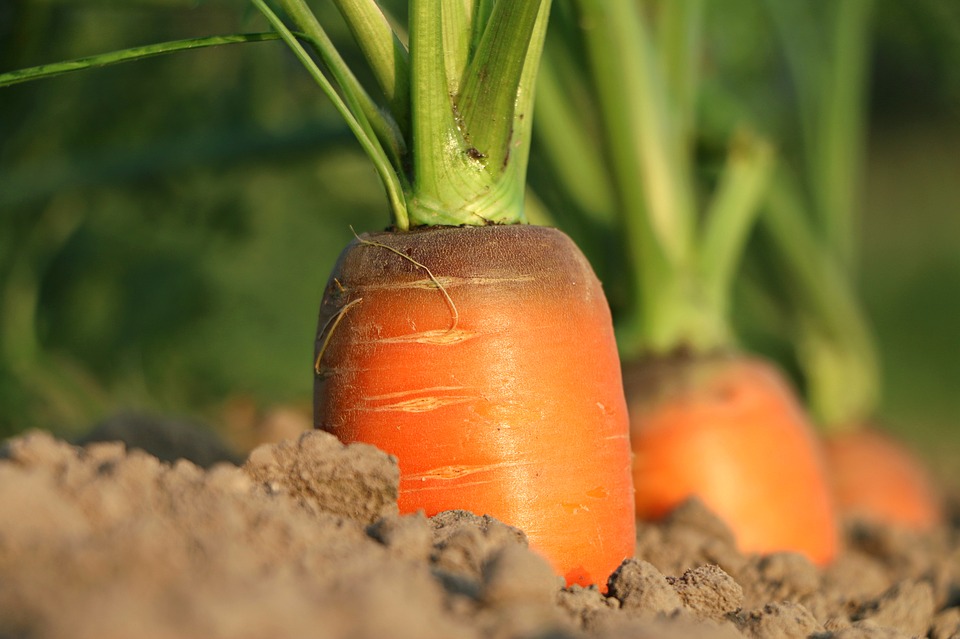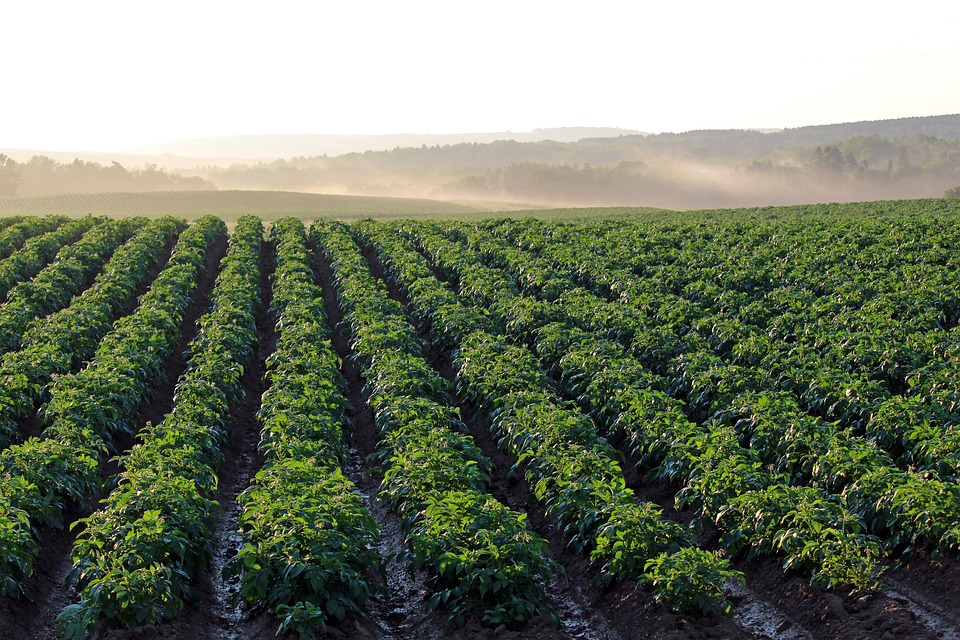Carrots are considered precious food, thanks to the significant amounts of vitamin A they contain and vitamins B, C and E, and mineral salts. Originating in the Middle East, the root already conquered vegetable gardens and land throughout the Mediterranean basin many centuries ago. This vegetable, originally purple, got its current colour thanks to some Dutch farmers’ selection, who created a new orange variety. Here are some tips to help you with the cultivation of carrots:
1) Soil for Growing Carrots
The cultivation of carrots is quite simple, but some fundamental rules must be observed to obtain satisfactory results. By far, an essential characteristic is due to the soil. Not all gardens are suitable for this crop.
To grow well, the root needs very loose soil. The best products are obtained from silty-clay soil. Soft and sandy soil where there are no stones or too hard clods could prevent the root’s proper development.

2) How to Prepare the Soil
It is a good idea to prepare the soil to sow the carrots at least a few months in advance. The primary operations that need to be carried out are deep ploughing and oxygenating the soil. Then you can proceed to collect all large stones and fertilize the soil with organic matter.
To make the soil exceptionally soft and suitable for root crops, some growers mix their garden soil with river sand. The best time to sow this vegetable is spring when the temperature is between 12 and 20 degrees.
3) When to Sow the Carrot
There are about twenty qualities on the market divided into short, medium, or long carrots, depending on the carrot’s maximum development. Among these varieties, there are the early and late ones. The former will be ready by June, while we will generally taste the late ones a few months later. Even the seed’s germination is not very fast; it is not uncommon to notice the first root stalks only 30 or 40 days after sowing.
This vegetable does not tolerate transplants, so it will not be possible to use the classic seedbed to anticipate sowing. Instead, it will undoubtedly be more beneficial to use a tunnel or fleece to prevent any late frost on the newly buried seed.
4) How to Sow Carrots
The seed can be scattered in the ground respecting a pre-designated rectangular area. However, it is preferable, and also easier for management and care, to sow in strips.
For this purpose, 1-2 cm deep grooves can be made at 15 cm intervals. Sow sparingly and cover the seeds with a thin layer of soil. This sowing can be repeated until June; therefore, those who have the opportunity will always find fresh carrots for many months of the year.
To give the carrots a chance to grow and attain an adequate size, it is necessary to select them and thin out those too purple. This operation can be carried out as soon as the carrots have a stem at least 4 cm high.
It is also advisable to remove weeds as much as possible and shift the soil between the different rows of carrots. In this way, the soil remains airy and soft, allowing the carrots to develop and reach a decent size.

5) Soil Watering for Carrot Cultivation
Carrots should be watered without keeping the soil constantly moist. It is always necessary to wait until the soil is dry before irrigating again. This promotes the growth of carrots and reduces the chances of the crop being affected by diseases resulting from excessive water stagnation.
6) Partner and Protect
The ideal partner for carrots is to put them next to onions, garlic or leeks. These closely growing vegetables can protect each other by warding off some dangerous pests, such as the onion fly, leek worm and carrot fly. Another great ally, if you have the opportunity to grow them close together, is the radish.
Do you have any other tips? Please share it with us in the comments below!




Wise and direct .thank you